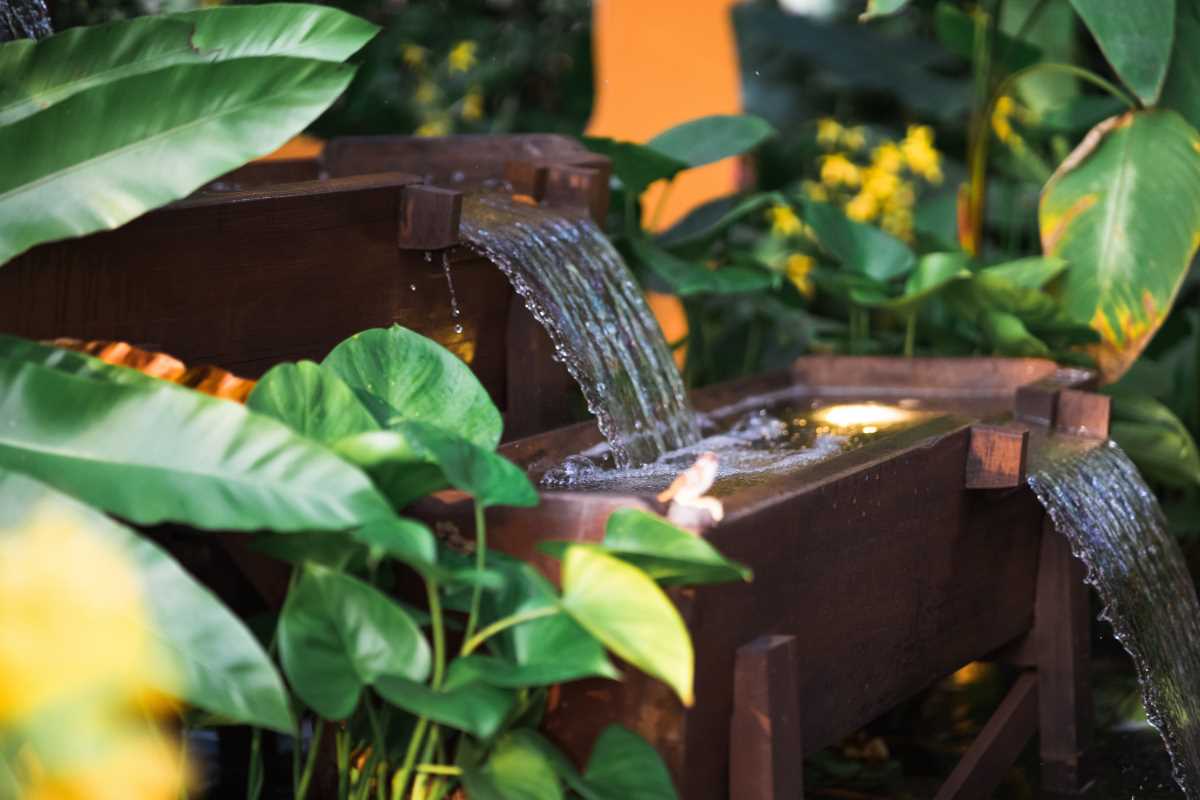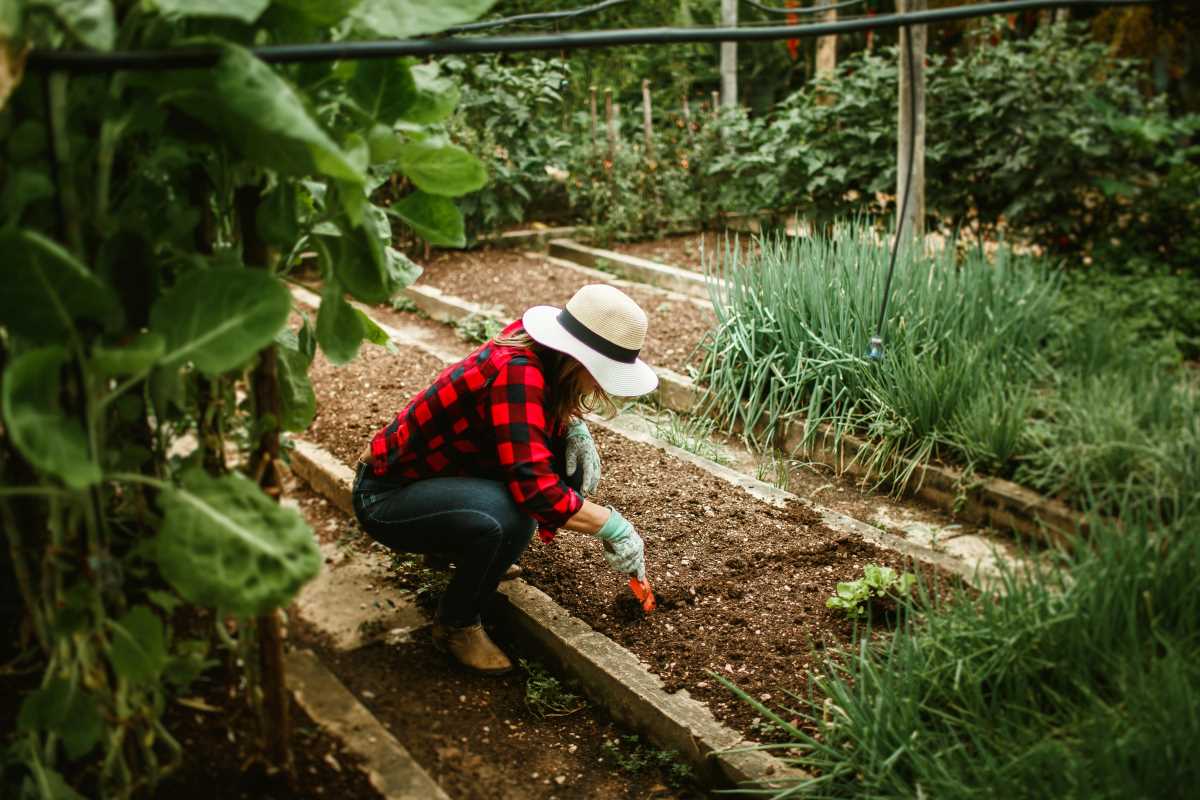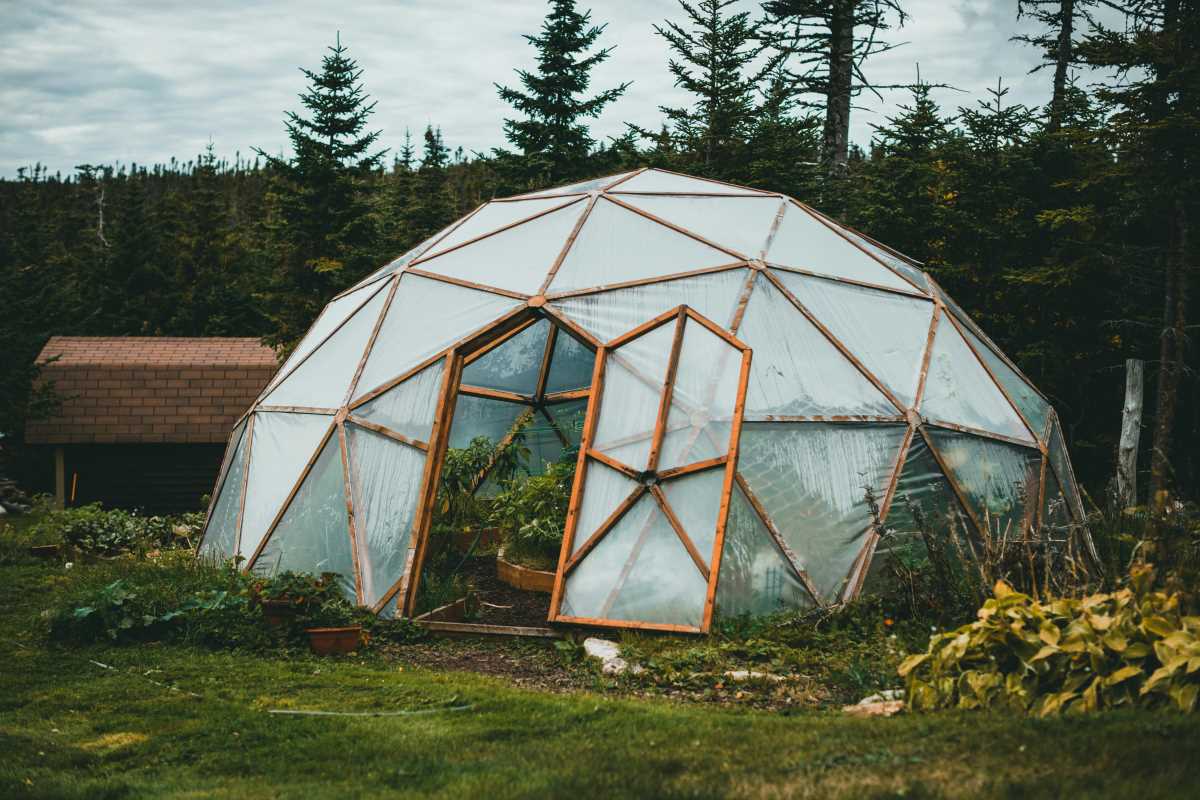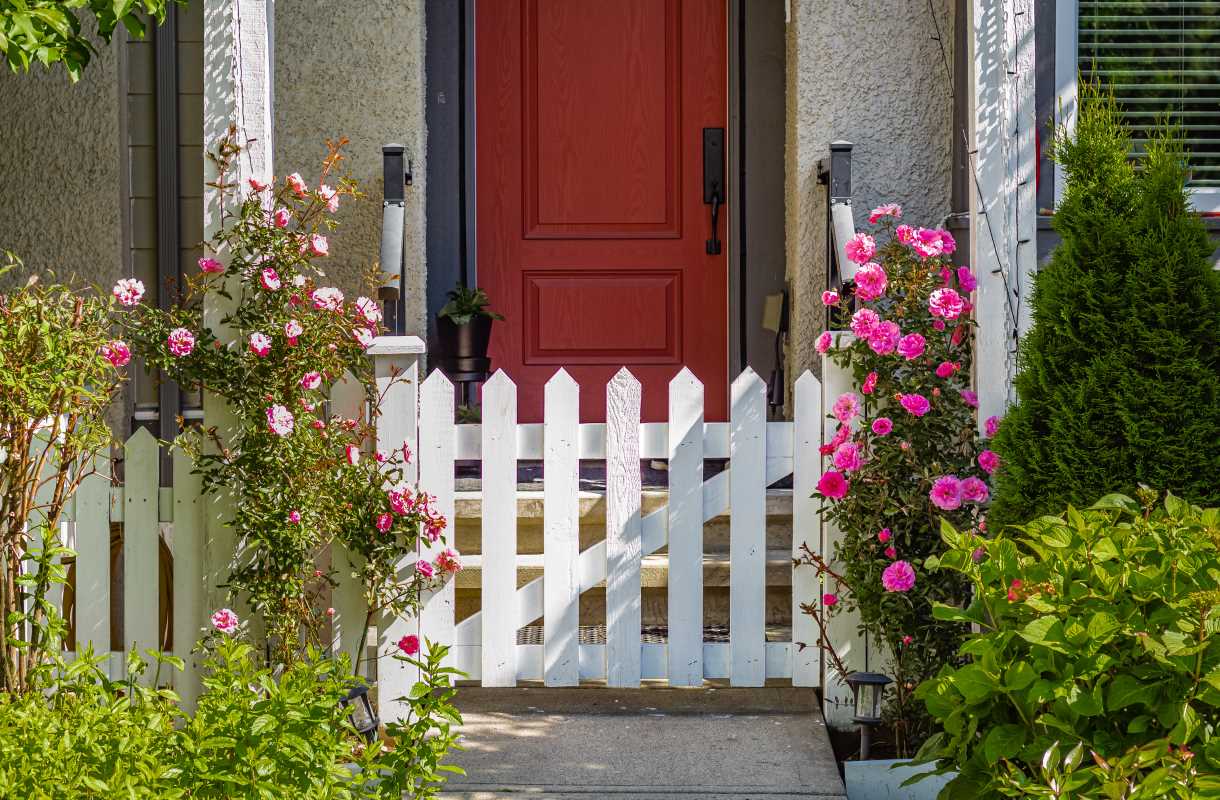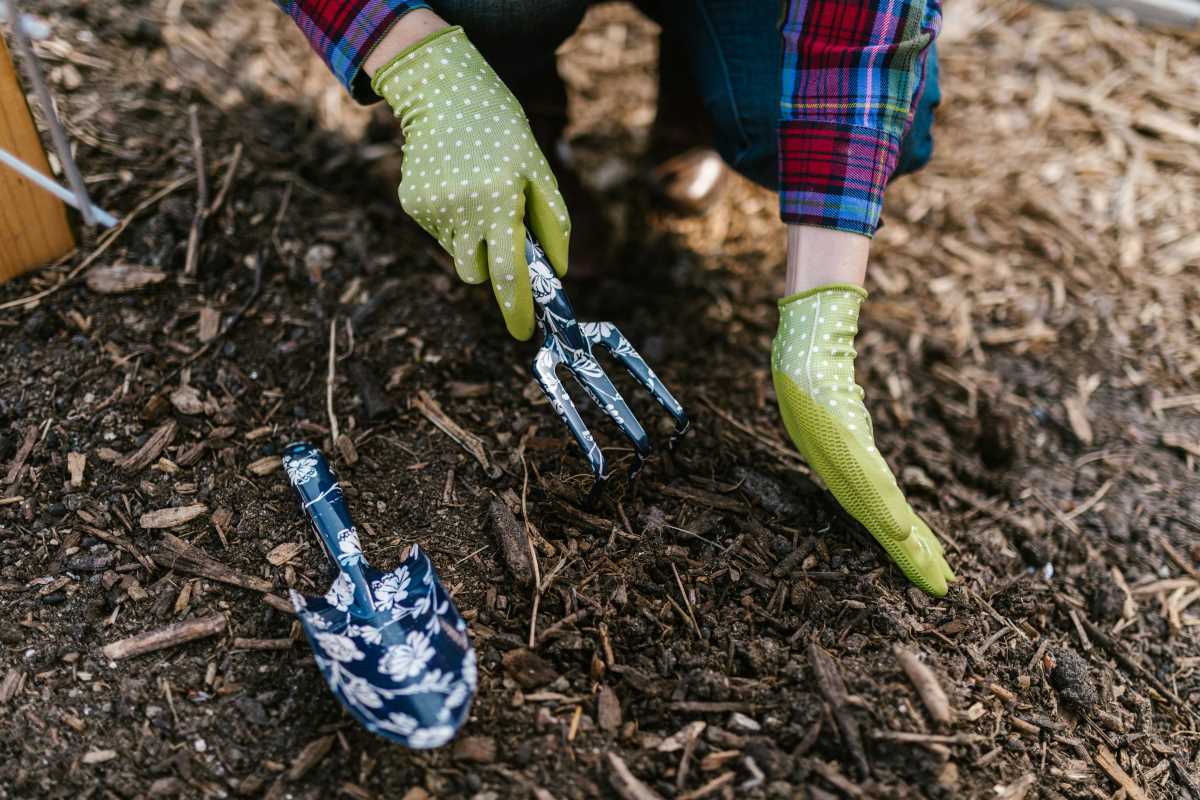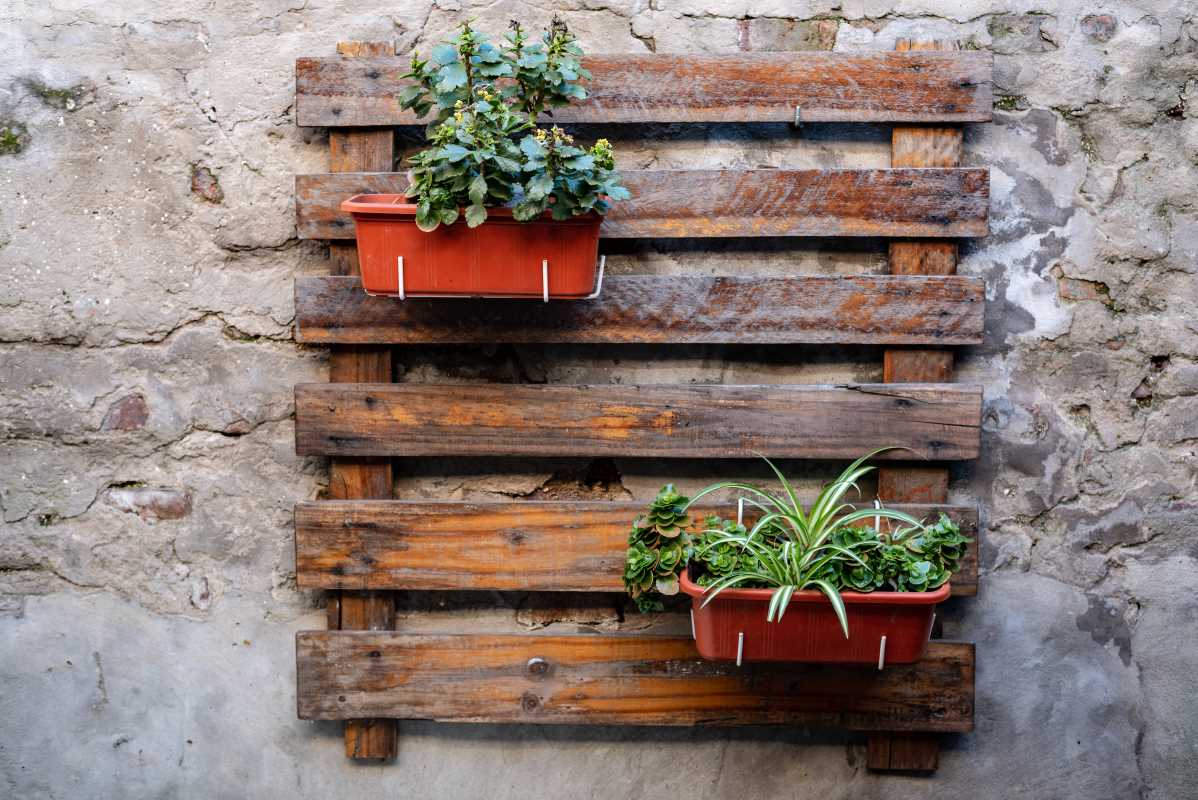For those with limited outdoor space, gardening might initially seem challenging, yet it presents an exciting opportunity to unleash creativity and cultivate fresh produce without the need for an expansive garden. Small yards inspire ingenious solutions to maximize every square inch, transforming gardening into an enjoyable and practical endeavor. By investing time in thoughtful planning and drawing on a wealth of inspiration, anyone can establish a vibrant garden that seamlessly adapts to confined spaces, converting these compact areas into lush, flourishing retreats. Embracing the constraints of a small yard can lead to discovering innovative gardening techniques that are both rewarding and fulfilling.
You might find that working with a small space encourages smart planning and creative layouts. Instead of feeling constrained, you can experiment with different planting patterns and techniques that not only save room but also boost productivity. Embracing these ideas creates a dynamic environment where each plant has room to grow while adding beauty to your outdoor area.
7 Compact Vegetable Garden Layouts
Here are seven carefully chosen layouts to help you make the most of your limited yard. Each layout features its own benefits and practical steps to maximize space effectively. They are perfect for gardeners who want to start a compact vegetable garden layouts without needing a large area.
- Raised Bed Layout – Organize your garden in raised beds to control soil quality and drainage. This method uses contained plots that keep soil neat and make maintenance easier.
- Vertical Gardening – Use trellises, cages, and fences to support climbing plants. Vertical setups free up ground space and allow you to layer plantings efficiently.
- Square Foot Gardening – Divide the garden into a grid with fixed square areas per plant type. This approach simplifies planting and rotation, ensuring each vegetable gets enough space to thrive.
- Container Gardening – Plant vegetables in pots and containers to move them around easily. Containers give flexibility by letting you reposition plants for the best sunlight exposure.
- Companion Planting Layout – Group plants with complementary growth habits side by side. This arrangement enhances growth and reduces pests without using chemicals.
- Keyhole Garden – Build a circular garden with a central composting basket to maximize accessibility and recycle nutrients efficiently.
- L-Shaped or Corner Garden – Use often-overlooked corner spaces in your yard to create an L-shaped layout. This design extends your vegetable garden neatly into small, awkward areas.
Best Vegetables for Small Spaces
Choosing the right vegetables helps you get the most out of every inch. Picking compact varieties not only saves space but also results in better flavor and higher yields. New gardeners often start with fast-growing, easy-to-maintain plants that do not need much care from the beginning.
Some vegetables do especially well in small spots. Using a vegetable garden setup allows you to mix and match plant types based on how they grow, their colors, and nutritional benefits. The best choices usually take up less room to spread out but still produce hearty harvests.
- Cherry Tomatoes – Their compact growth and high yield make them perfect for containers.
- Bush Beans – These plants do not sprawl much and provide a healthy crop in small plots.
- Lettuce and Spinach – Grow quickly and are excellent for frequent harvesting; they thrive in tight spots.
- Radishes – A short-growing root vegetable that fits well between larger plants.
- Herbs like Basil and Parsley – Grow these in small pots or alongside other vegetables to boost flavor and aroma in your dishes.
Preparing and Caring for Your Garden
Before planting, check your garden space by testing the soil quality and pH level. Enrich the soil with compost or natural fertilizer to bring out the best in your vegetables. Adding organic matter improves soil health, leading to more abundant and nutritious harvests. This careful preparation benefits your plants and helps reduce pests naturally.
Watering plays a vital role in garden care. Small areas might dry out faster, so establish a consistent watering schedule. Watch your plants for signs they need more or less water, and make adjustments accordingly. Sunlight is important; most vegetables need around six hours of direct sunlight daily. Position your garden in the sunniest part of your yard to see noticeable improvements in growth and crop quality.
Tips to Maximize Productivity in Small Spaces
To make the most of your space, plan carefully and use creative techniques. View each spot as a chance to experiment with layering, which saves ground space for more planting areas. Tailoring your approach can help each vegetable benefit from the presence of its neighbors.
Try these practical ideas to increase your yield:
- Group vegetables with beneficial relationships in companion planting.
- Use trellises or hanging planters to grow vertically and utilize upward space.
- Rotate crops regularly to keep soil healthy and prevent pests from building up.
- Create microclimates with reflective surfaces or shade cloths to protect sensitive plants.
- Plant fast-growing species alongside slower ones to fill space efficiently.
Common Mistakes and How to Avoid Them
A typical mistake is not paying attention to proper spacing between plants. Crowded plants compete for water and nutrients, which can stunt their growth. To avoid this, carefully plan spacing based on each vegetable's recommended guidelines. Always leave enough room for plants to expand.
Another mistake is underestimating the importance of sunlight and watering in a small area. Some gardeners assume small spaces need less care, but concentrated areas can dry out quickly and require more frequent watering. Regularly check your garden for signs of stress and adjust watering or reposition plants as needed.
Experiment with various garden ideas to make your small yard productive. With steady effort, your garden will flourish no matter its size.
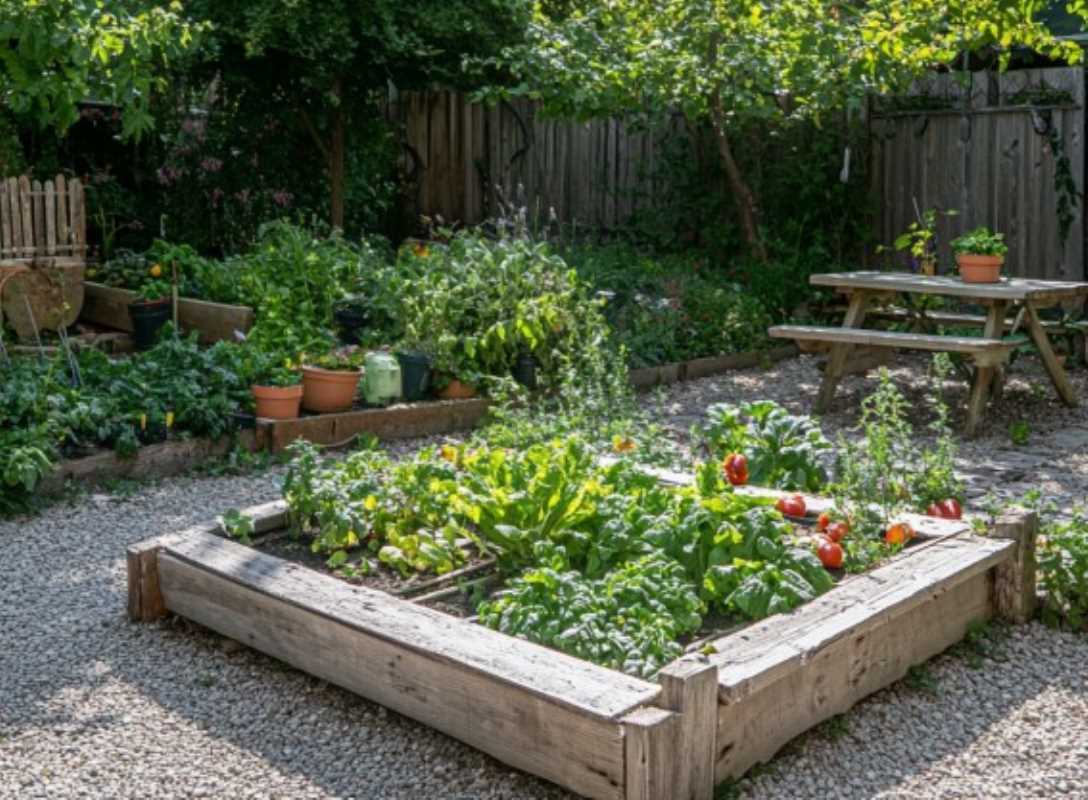 (Image source: Midjourney)
(Image source: Midjourney) 
